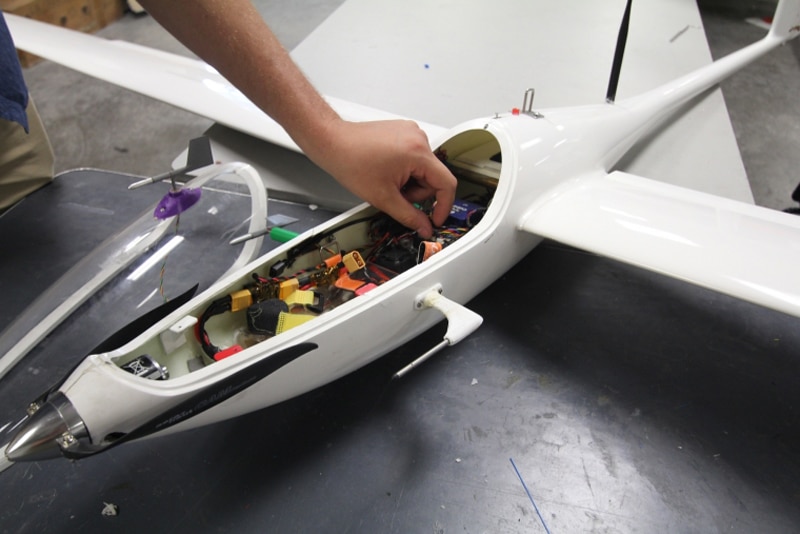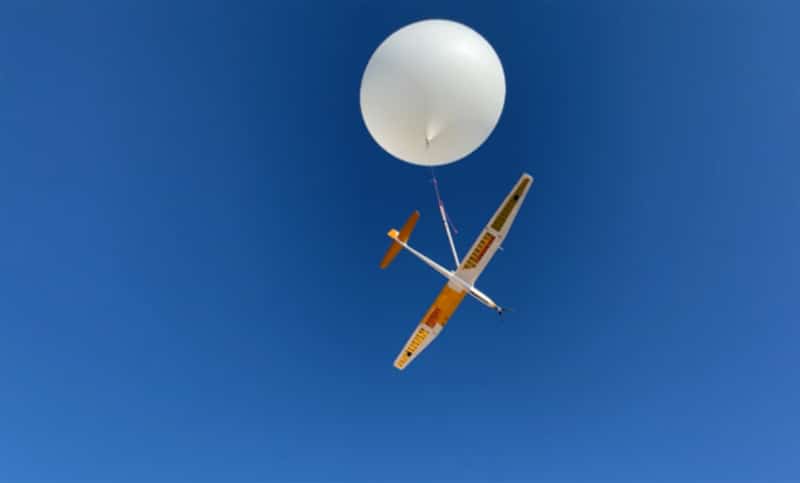Eight active spacecraft, including three operated by NASA, are currently orbiting Mars, gathering imagery and other data related to the planet. But what lies in the hundreds of kilometers between the rovers and the orbiters is often of most interest to planetary scientists.
Now, a team led by the University of Arizona engineers has designed a motorless sailplane that can soar over the Martian surface for days at a time, using only wind energy for propulsion. The Mars sailplane could fill in the science-observations gap between surface rovers and orbiting spacecraft.
“You have this really important, critical piece in this planetary boundary layer, like in the first few kilometers above the ground,” said Alexandre Kling, a research scientist in NASA’s Mars Climate Modeling Center. “This is where all the exchanges between the surface and atmosphere happen. This is where the dust is picked up and sent into the atmosphere, where trace gases are mixed, and where the modulation of large-scale winds by mountain-valley flows happens. And we just don’t have very much data about it.”

The Mars sailplanes would be equipped with a custom-designed array of navigation, temperature, and gas sensors, as well as a camera to gather information about the Martian atmosphere and landscape. The team’s concept plane would weigh just 11 pounds (5 kg) with a wingspan of 11 feet (3.4 meters).
It would be packaged in CubeSats, miniature satellites not much larger than a phonebook, and sent to Mars as a secondary payload on a larger mission. Once the CubeSats are launched and the planes released, the planes would either unfold like origami or inflate to their full size. The team is also considering the delivery of a sailplane into the atmosphere by way of a balloon or blimp that could act as a docking station for the plane.
Mars has a thin atmosphere, which makes flights on the planet challenge. But NASA’s Ingenuity, a 4-pound helicopter that landed in Mars’ Jezero Crater in 2021, is demonstrating that powered, controlled flight is possible there. The solar-powered vehicle can fly for only three minutes at a time, and it reaches heights of just 39 feet (12 meters).

The wind-powered sailplane idea dispenses with solar panels and batteries and uses resources that are already abundant on Mars. They can also use a dynamic soaring technique, which, like an albatross on a long journey, takes advantage of how horizontal wind speed often increases with altitude.
“Dynamic soaring looks something like the S-shaped pattern skiers uses to control their descent down a mountain,” the university said. “However, every time the sailplane changes directions, it also begins changing altitude – and rather than slow the sailplane down, the maneuver helps it gain speed.” With this nimble maneuvering, the sailplane can continually harvest energy from the atmosphere, flying for hours or even days at a time. The sailplanes would be able to explore new areas by taking advantage of how wind patterns shift around geologic formations such as canyons and volcanoes.
The team details its proposal in a paper published in the journal Aerospace. There’s still more research to do about flight trajectories, potential docking systems, and more. But the team plans to test experimental planes this summer at about 15,000 feet above sea level, where Earth’s atmosphere is thinner, and flight conditions are more akin to those on Mars. The low-cost nature of the sailplane effort means it could come to fruition relatively quickly, Kling said, perhaps in years rather than the decades needed for a full-scale mission.
Motorless sailplanes could explore Martian surface for days at a time
Source: Tambay News

0 Comments